How the NFL Could Fight Colin Kaepernick's Collusion Claim
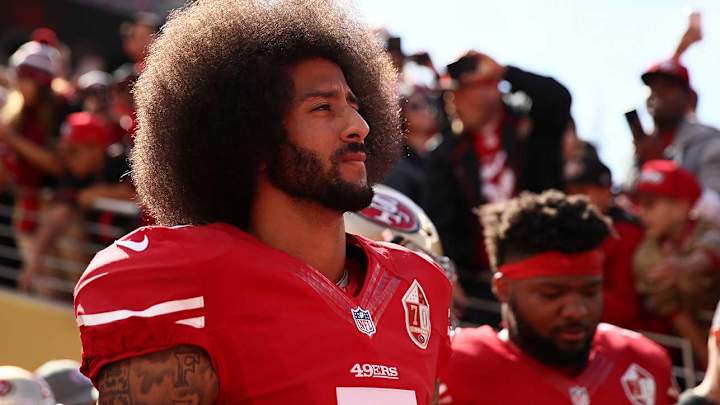
By Michael McCann
Colin Kaepernick recently scored an important legal ruling when arbitrator Stephen Burbank rejected the NFL’s request for summary judgment. The rejection meant that Burbank believes there is a genuine issue of material fact and that it warrants a trial-like hearing later this year. Stated more bluntly, there is something there as it relates to Kaepernick's collusion grievance.
But “is” it enough for Kaepernick to win? We don’t know because a protective order shields the evidence. Yet we can forecast five likely arguments by the NFL’s legal team:
First, collusion is very hard to prove. Under Article 17 of the collective bargaining agreement, collusion requires a finding that two or more teams, or the league and at least one team, conspired to deprive Kaepernick of a contract offer or the chance to negotiate with a team. To that end, there must be evidence of collusion—whether it’s from a video, recording, text, email or witness statement. Mere conjecture isn’t enough.
There are also scenarios where it would seem like “the fix was in” against Kaepernick and yet they wouldn’t signify collusion. Let’s say the Buffalo Bills publicly admit that they regard Kaepernick as a much better quarterback than Nathan Peterman. The Bills then explain that they would rather have Peterman play because he stands for the national anthem. You might then say, “Well this must be collusion! A team has admitted to playing someone inferior to Kaepernick only because of the anthem.” You would be wrong. The scenario I described only mentions one team, and a team can’t collude with itself.
• Not getting this newsletter in your inbox? Subscribe to the Weekend Read today.
Try another hypothetical. Let’s say that Robert Kraft testifies that when he flew on Air Force One on March 19, 2017, he urged President Donald Trump to denounce Kaepernick. The next day Trump did so in a political speech. Collusion? Not for purposes of Article 17. Trump is a third party and thus outside the collective bargaining relationship.
One more hypothetical. Imagine that during the Air Force One flight, Trump urged Kraft to tell other owners to not offer Kaepernick a contract. Absent evidence that Kraft followed Trump’s advice, that too would not constitute collusion—an ignored suggestion is nothing more.
Second, teams employing quarterbacks who are inferior to the 30-year-old Kaepernick doesn’t prove collusion. In the last season in which he played (2016), Kaepernick registered a 90.7 QB rating—a higher rating than those of Carson Wentz, Eli Manning and Joe Flacco. In fact, Kaepernick’s QB rating was 17th best in the NFL, meaning he was roughly a middle-of-the-pack starter. Fast forward to today. The aforementioned Peterman has a QB rating of zero after a game in which he threw for just 24 yards and two interceptions. The Tennessee Titans are employing Blaine Gabbert, a 28-year-old journeyman quarterback whose career numbers are outpaced by those of his former teammate, Kaepernick. And look around the league at other backup quarterbacks. By objective metrics, Kaepernick is a much better player than many of them.
Here’s the problem for Kaepernick: while those may be interesting points about football, they aren’t proof of collusion. Each team can decide it doesn’t want Kaepernick because they don’t like his style of play, politics, personality or the social movement he stands for—even if a team is dead certain that Kaepernick would help them win more games. Professional malpractice? Possibly. Collusion? No, because each team would be acting on its own.
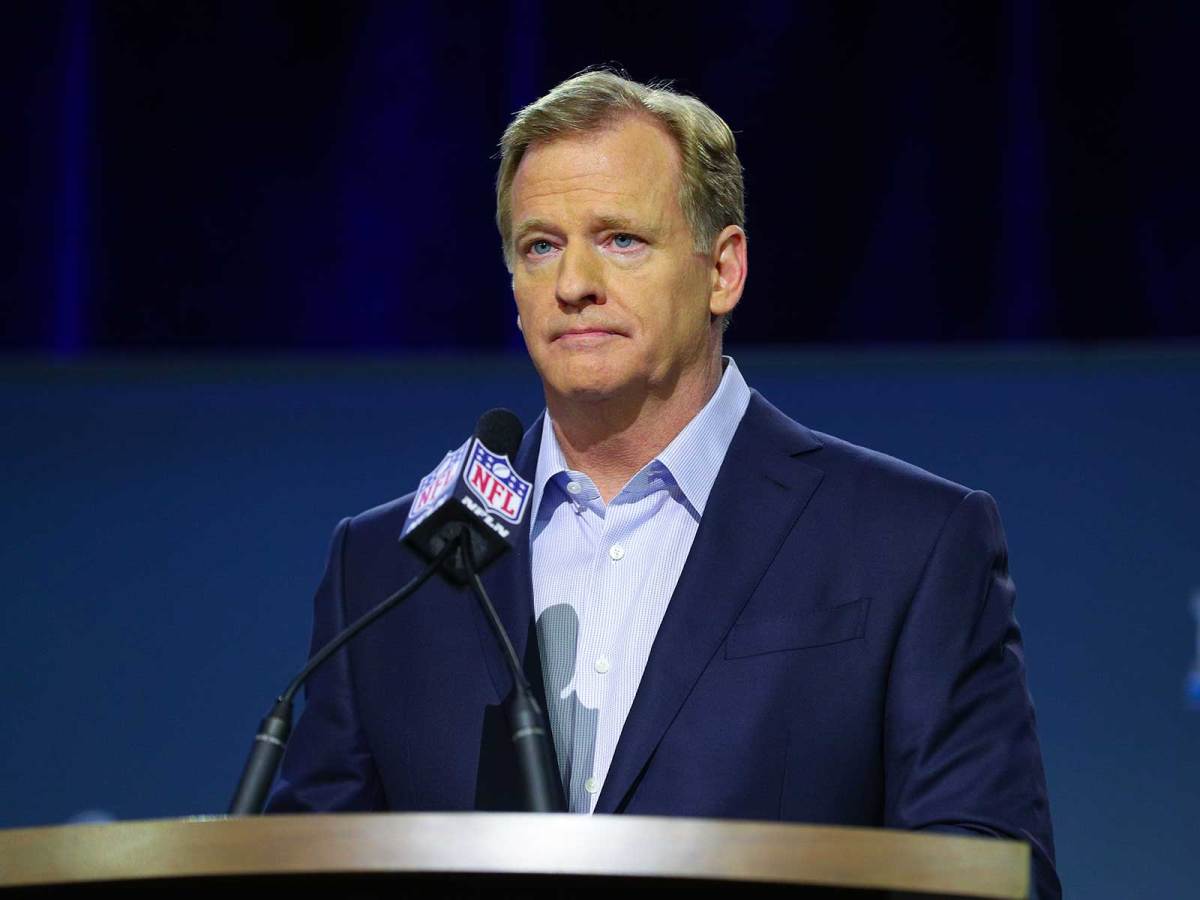
Third, Kaepernick faces a high burden of persuasion. Under Article 17, Kaepernick must convince Burbank by a “clear preponderance of the evidence” that collusion occurred. If it’s a close call for Burbank and he leans toward Kaepernick, he would still be inclined to rule for the NFL. Why? Because leaning in the direction of Kaepernick isn’t enough. Burbank needs to be thoroughly convinced of the NFL’s wrongdoing.
Fourth, “smoking guns” are rare. Although not much is known about Kaepernick’s evidence since the grievance is under a protective order, we have yet to hear rumors of evidence that would conclusively prove collusion. There are recordings of NFL owners expressing concern about Trump and his hostility toward the NFL, but those owners weren’t heard devising a plan to exclude Kaepernick. Some owners and team executives have made bewildering comments about Kaepernick—such as John Elway admitting the Broncos were very interested in Kaepernick before he began his kneeling, but not at all interested after—yet those lead to inferences rather than conclusions. Kaepernick’s name was suspiciously removed from Madden 18 and Madden 19, but that appears to have been the decision of EA Sports rather than the NFL.
Fifth, if Kaepernick has turned down any offers since March 2017, the NFL’s legal defense would be enhanced. There have been unsubstantiated rumors that Kaepernick declined an offer or at least signaled disinterest from an interested team or two. Kaepernick, so the story goes, views himself as a starter and won’t accept backup status. Again, unsubstantiated. Still, if those reports are even somewhat accurate, the NFL would be better positioned to tell Burbank that Kaepernick’s absence from the league is at least partly his own choice. However, such a defense would hardly prove definitive: Kaepernick only needs to show two teams colluding against him to prevail—he doesn’t need a league-wide conspiracy.
RECOMMENDED READING
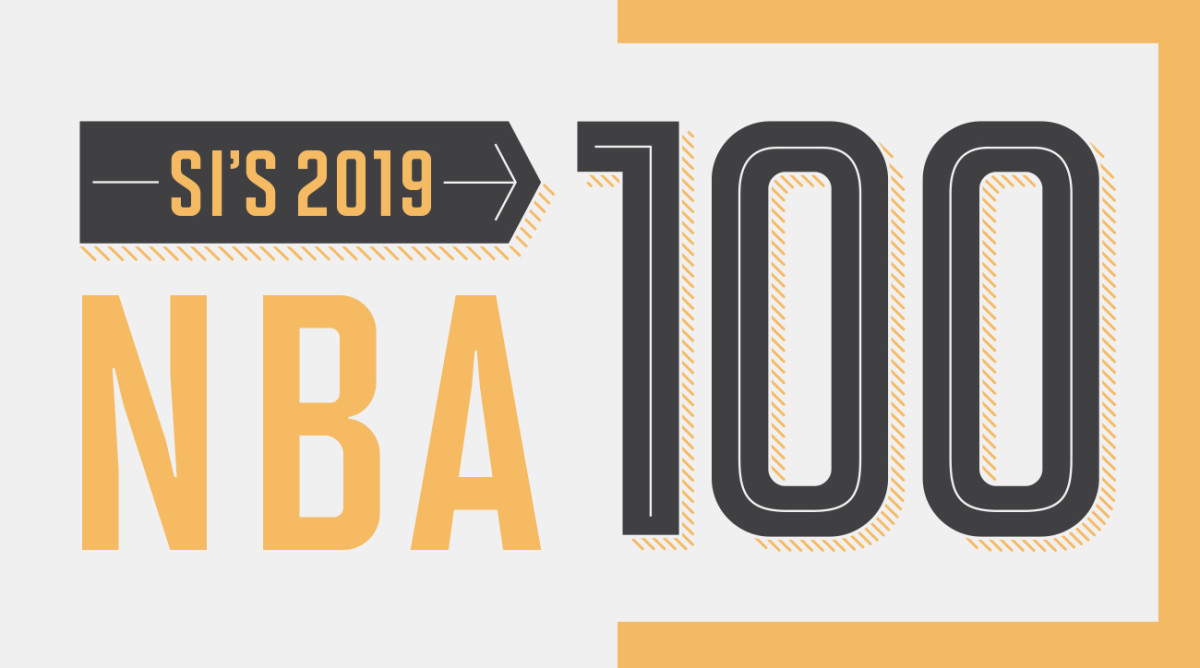
• From LeBron James to Lonzo Ball and (almost) everyone inbetween, these are SI's top 100 NBA players entering the 2018-19 season. (By Ben Golliver and Rob Mahoney)
• Nothing the Hilinskis do keeps them from missing Tyler, and a weekend back at Washington State only reinforced that. (By Greg Bishop)
• "He’s been an inspiring kid from Day 1, but who would have thought?” Shaquem Griffin’s NFL debut, through the eyes of his mom. (By Robert Klemko)
• The Mets are finally investigating a problem that has plauged them for years: They can't hit at Citi Field. (By Tom Verducci)
• Then an executive for the Green Bay Packers, Andrew Brandt remembers how the week of September 11 unfolded in the NFL. (By Andrew Brandt)
• If Ohio State goes 3–0 without Urban Meyer and pushes for a playoff spot, how will we look back on these first three games? (By Laken Litman)
WHY TENNIS SHOULD THINK ABOUT SHORTENING MATCHES
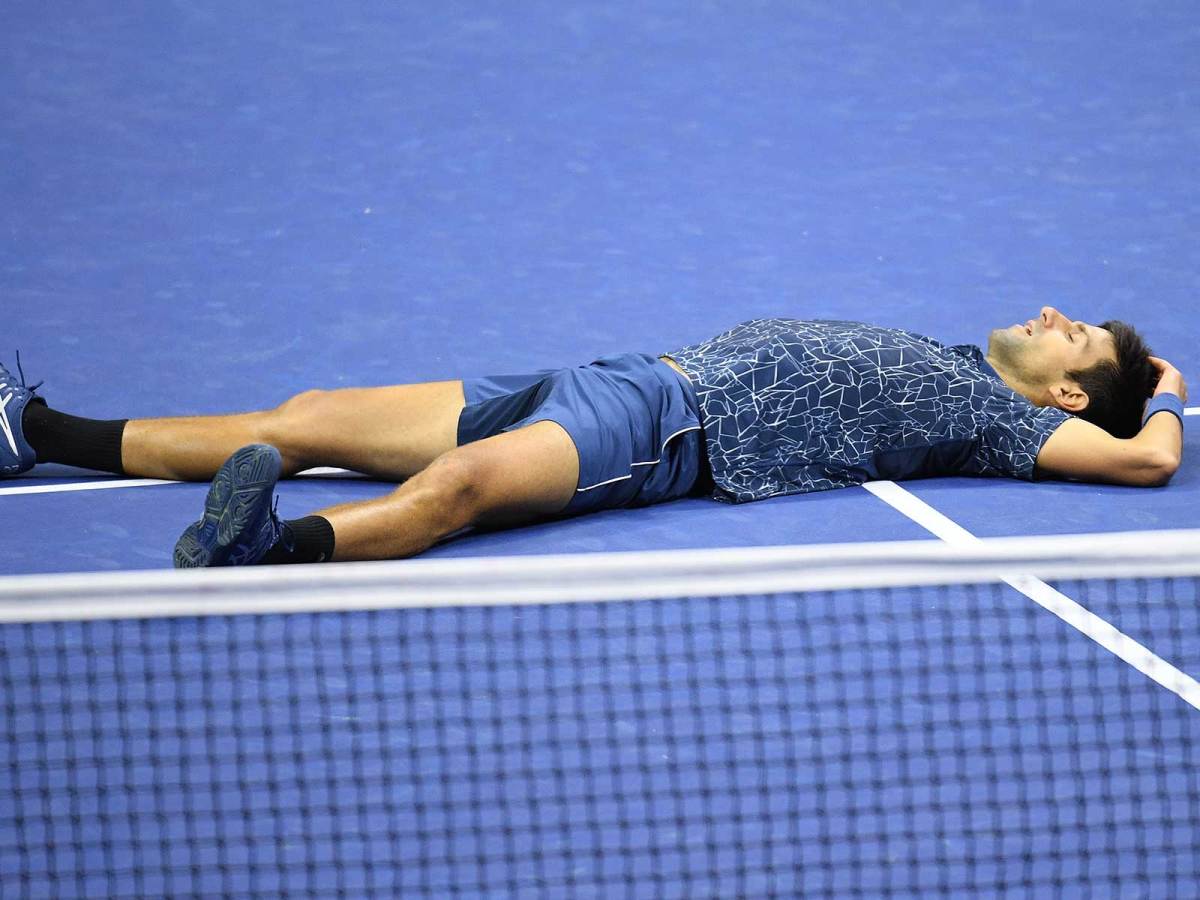
By Stanley Kay
The deciding fifth set of this summer's Wimbledon quarterfinal between Rafael Nadal and Juan Martín del Potro was described by Andy Murray, who was doing commentary for the BBC, as "one of the best sets of tennis I've ever seen." But he later said of the four-hour, 48-minute match, "It was really, really long to sit there as a spectator."
The three-time major winner—one of the tour's fittest players—had a point: Who can afford to spend five hours watching tennis? (The match spilled into Murray's dinner plans.) A better question might be whether players can afford to spend five hours playing tennis. During the first two rounds of the U.S. Open, with temperatures peaking in the high-90s, a staggering 12 men retired from matches, citing injury or heat exhaustion. Would men's tennis benefit by switching to a best-of-three format at majors?
The mere suggestion of doing away with best-of-five is enough to send a tennis traditionalist into a McEnroe-esque tantrum, but men's majors are the exception, not the rule. Most other competitions are best-of-three. Shorter matches still provide drama—see Roger Federer's three-set win over Nick Kyrgios at the 2017 Miami Open, the most entertaining match of that season—without the risk to players or the excessive time commitment for fans.
• Not getting this newsletter in your inbox? Subscribe to the Weekend Read today.
Far too often, best-of-fives become wars of attrition, hinging on raw endurance instead of skill. And as tennis grows increasingly physical, less mileage would preserve the tour's best players. Sure, it's true that some of history's most famous matches have gone five sets: McEnroe-Borg at Wimbledon in 1980, Federer-Nadal in 2008. But playing best-of-three would create more classics by heightening the importance of individual sets.
There's also the element of sexism: That men play best-of-five while women only play best-of-three insults female players, especially when critics use that antiquated discrepancy as ammunition against equal pay. It's unlikely that such a conservative sport will alter the format of Grand Slams anytime soon. (Cancel those dinner reservations!) But Federer (37), Nadal (32) and Novak Djokovic (31) won't be around to draw in casual viewers much longer. For tennis to attract new fans, less could be more.
BEST OF THE REST
Editor's note: Below are some of our favorite stories of the week not published by SI. This week's list is curated by Michael McCann.
• There are those in youth sports who earn a lot of money by fueling the quixotic dreams of child athletes and their parents. Joe Drape of the New York Timesastutely examines this industry.
• Melissa Burden of Automotive details how former Giants linebacker Jessie Armstead and former Redskins linebacker Antonio Pierce are implicated in lawsuits over allegedly fraudulent sales in their car dealerships.
• Who owns “Sacksonville”? Jaguars fans should check out Andrew Pantazi’s Jacksonville.com piece on former Jaguars linebacker Dan Skuta—who ironically struggled to amass sacks in his two season for the Jaguars—and Skuta’s contention that he owns “Sacksonville” under trademark law.
• With the U.S. Supreme Court making it possible for any state to legalize sports betting, investors are pouring into the sports betting marketplace. One such investor, writes ESPN’s David Purdum, is former Philadelphia Phillies slugger Ryan Howard.
• Matthew Goldstein of the New York Times explains why a federal judge has dismissed a lawsuit against a financial firm that (among other things) allegedly duped former NFL players into signing high-interest cash advances while they awaited payment from the concussion settlement.
VAULT PHOTO OF THE WEEK: HAPPY BIRTHDAY, OREL HERSHISER
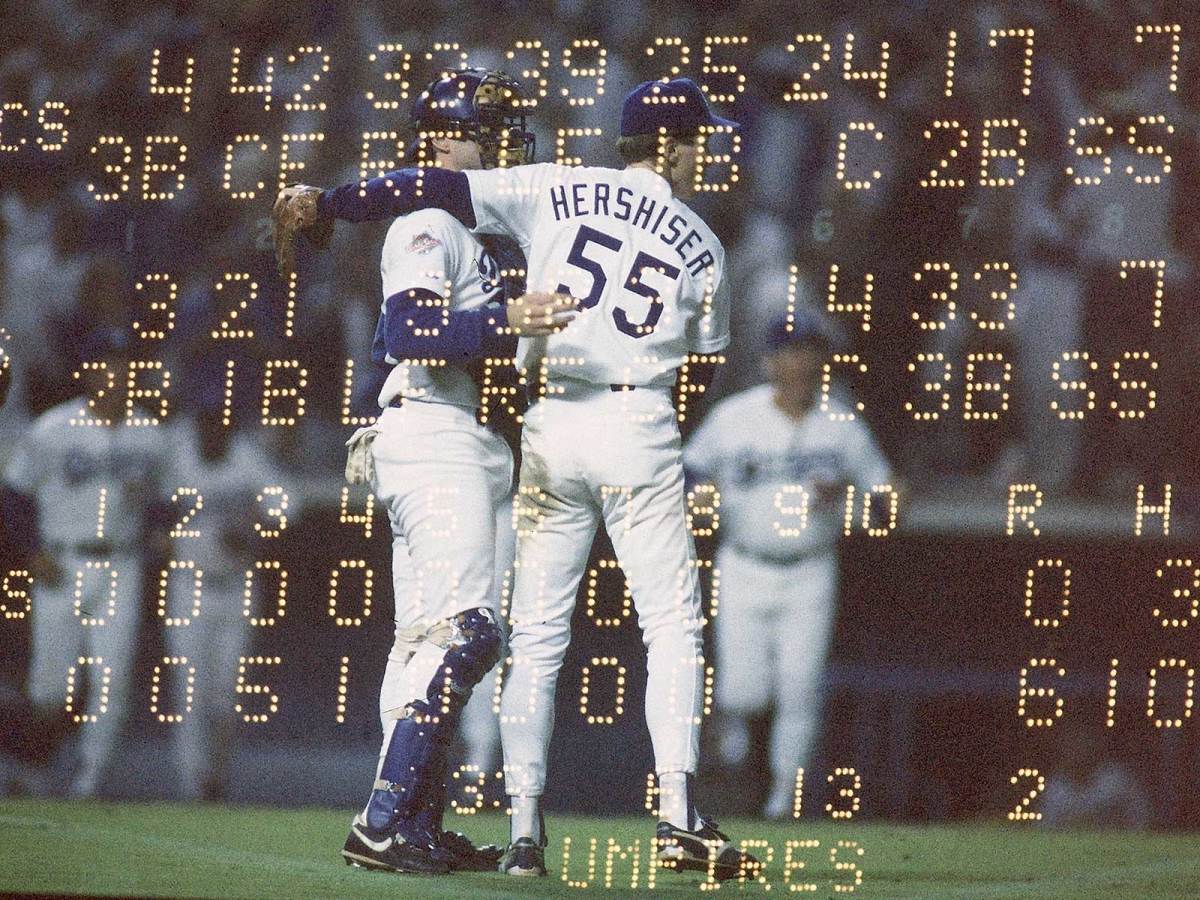
Thirty years after the Dodgers last hoisted the World Series title, it feels appropriate to highlight Orel Hershiser, the MVP of the 1988 Fall Classic. The righthander turns 60 on Sunday and is now three deacdes removed from his epic October performance and Cy Young season.
The above photo depicts Hershiser's catcher (and current Angels manager) Mike Scioscia congratulating him after a complete-game shutout in Game 2. Four days later he fired another complete game to seal the World Series in five games. The Dodgers are still waiting for another October to provide the same ending.
Multiple exposure photograph above taken by Heinz Kluetmeier.
Editor's note: What kind of stories and content would you like to see in the Weekend Read? Let's chat at SIWeekendRead@gmail.com.
